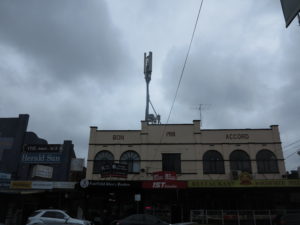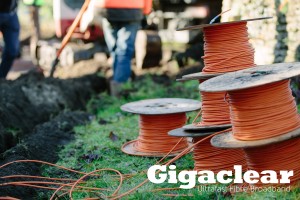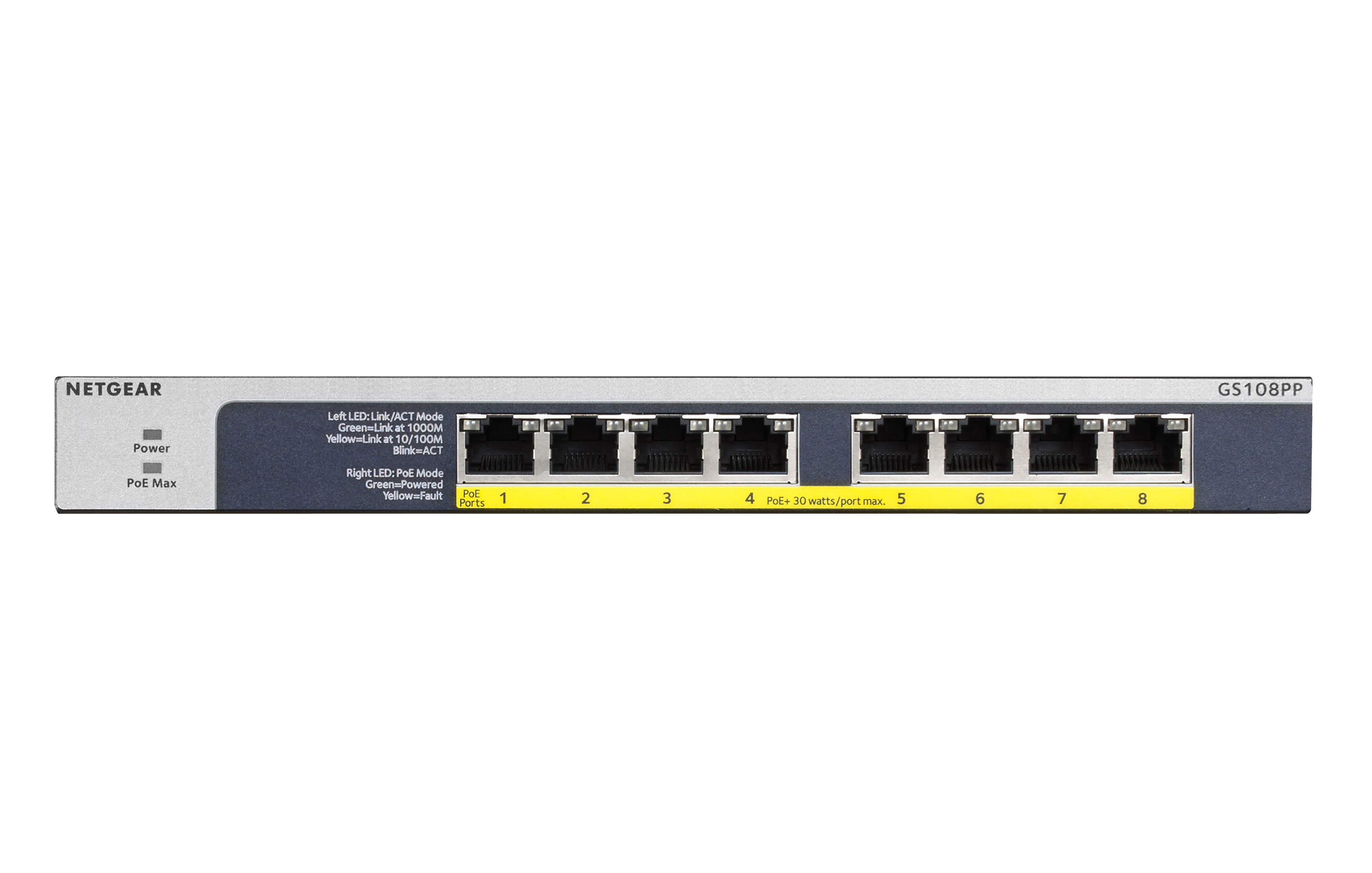Articles
Will 5G kill off home broadband as we know it? | TechRadar
5G vs Fiber: Will 5G make fiber obsolete? | NetMotion Software
My Comments
This year will see a question about whether Gigabit or faster fixed-line broadband Internet services will be relevant in the face of 5G cellular wireless broadband services.
5G wireless broadband will have a theoretical maximum bandwidth of 10-50Gbps and an average bandwidth of between 100Mbps to 200Mbps. This average speed will start to increase as it becomes less dependent on 4G wireless broadband technology. But these figures are affected by the kind of reception your 5G endpoint device is getting from the service.

… or 5G wireless cellular broadband (whether fixed-wireless or mobile broadband) – what is relevant?
This typically is delivered in the form of mobile broadband services that are used with smartphones, tablets and other portable devices. But it is also being delivered as a “fixed-wireless” broadband service where the customer connects a more-powerful 5G modem to their home network. Optus is providing this kind of service offering to declare independence from Australia’s NBN service but it is offered in areas where it isn’t technically feasible or too costly to deploy fixed broadband service.
Current-generation fixed-line broadband services are capable of at least 1Gbps upload/download n the case of fibre-to-the-premises services. The ideal setup or “gold standard” for this kind of service is fibre-to-the-premises but various fibre-copper setups are being used that can deliver close to this speed. These are based on DOCSIS 3.x cable-modem technology, RJ45 Ethernet cable technology or G.Fast DSL-based telephone-cable technology with the copper run covering a small neighbourhood or a multi-tenant development.
The 5G technology would be cheap to establish but costly to maintain and upgrade. This is compared to fixed-line broadband technology that would be expensive to establish but cheap to maintain and upgrade. In most cases, an upgrade would be about new equipment in the racks at the headends at least. Or a fibre-copper service may be upgraded through a change of topology towards a full-fibre (fibre-to-the-premises) setup.
Typically, fixed-line broadband would be the preferred solution for those of us living in larger built-up communities. It is although there are efforts like B4RN who are pushing fibre-to-the-premises fixed-line broadband in to rural areas within the UK. Sparser areas may prefer to implement 5G wireless-broadband technology with a few large low-frequency 5G cells covering those areas.
Both technologies can complement and serve each other in various ways.
Since 5G technology is based on a cellular-wireless approach, each base station needs to link to a backhaul to pass the data to each other and to other communications devices connected to wired infrastructure around the world. As well, the 5G wireless technology operates at radio frequencies up to 6GHz thus requiring many smaller “cells” (base stations for a cellular-wireless network) to cover a populous area. Even the use of many of the very small cells like picocells or femtocells to cover buildings or shopping strips would require the use of a backhaul.
In this case, fixed-line broadband networks especially fibre-optic networks can be used to provide this backhaul.
Increasingly, Wi-Fi network segments connected to fixed-line broadband setups are being considered as a complementary wireless-network solution. This may be about providing load-balancing for the 5G-based cellular service, even as a failover mechanism should the user not experience ideal reception conditions or the network underperforms. The classic example here would be indoor settings where building materials and the like obstruct 5G cellular coverage using the typical smartphone’s own antenna.
On the other hand, the 5G technology will maintain its keep for mobile / portable use cases while fixed-line broadband networks will serve in-building network use cases. 5G will also satisfy those use cases where it is technically unfeasible or cost-prohibitive to deploy a fixed-line broadband network.
For that matter, the mobile / portable use cases are what the technologists are banking on for 5G wireless-network technology. Here, they are envisaging the likes of self-driving vehicles, drones and the like depending on this technology for communication with each other. This is along with it being as a data backbone for the “smart city” that is driven by the “Internet of Everything”, facilitating improvements for things like service delivery, public safety / security, transport, energy efficiency and the like.
But 5G and fixed-line broadband, especially fibre-to-the-premises broadband, will exist on a “horses for courses” approach. Here, one technology may be about data reliability and infrastructure upgradeability or the other may be about mobile / portable or transient use.


